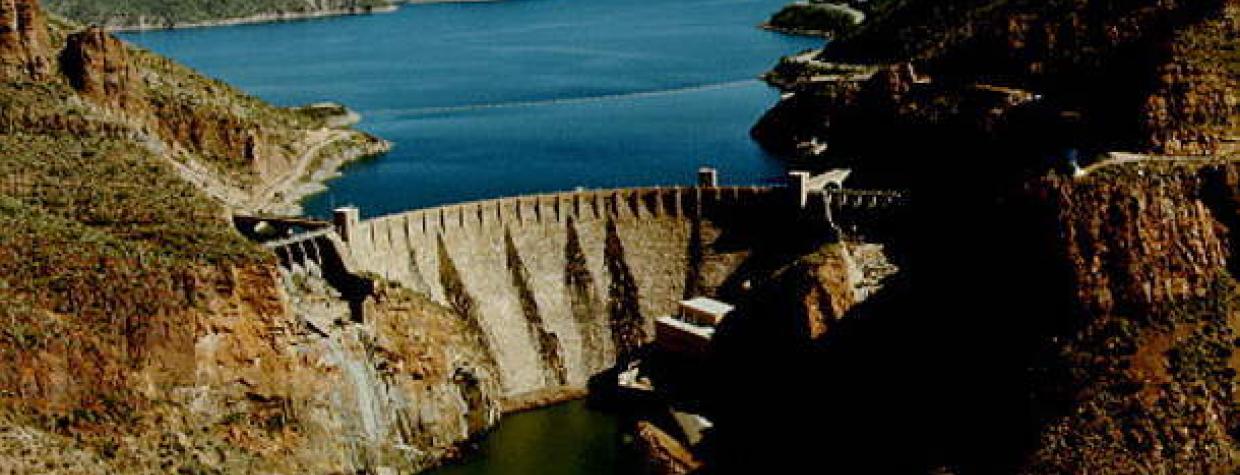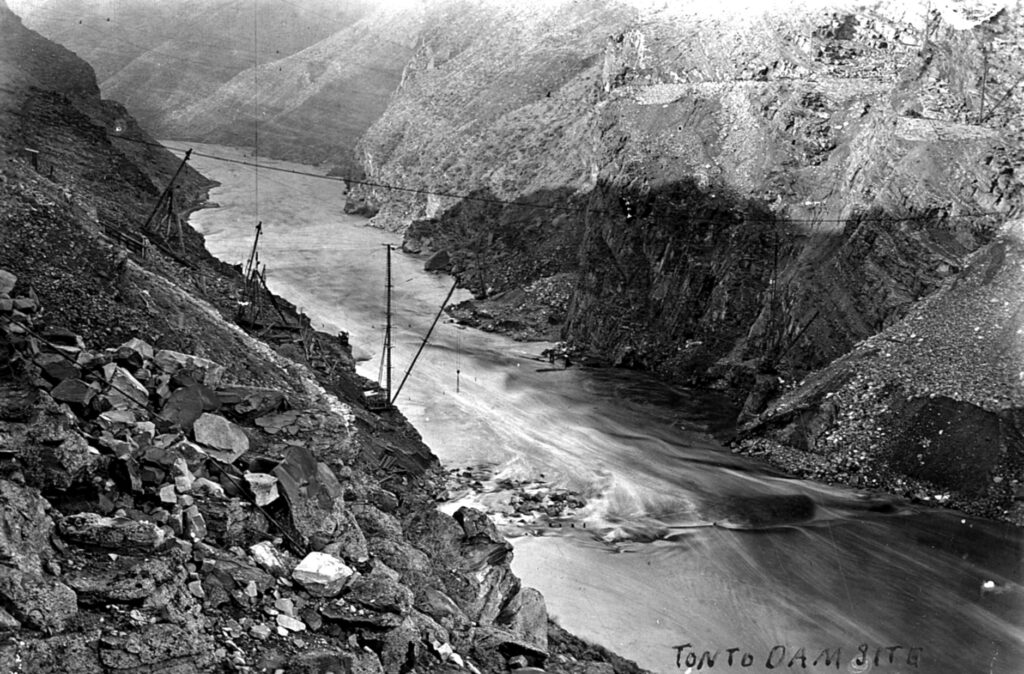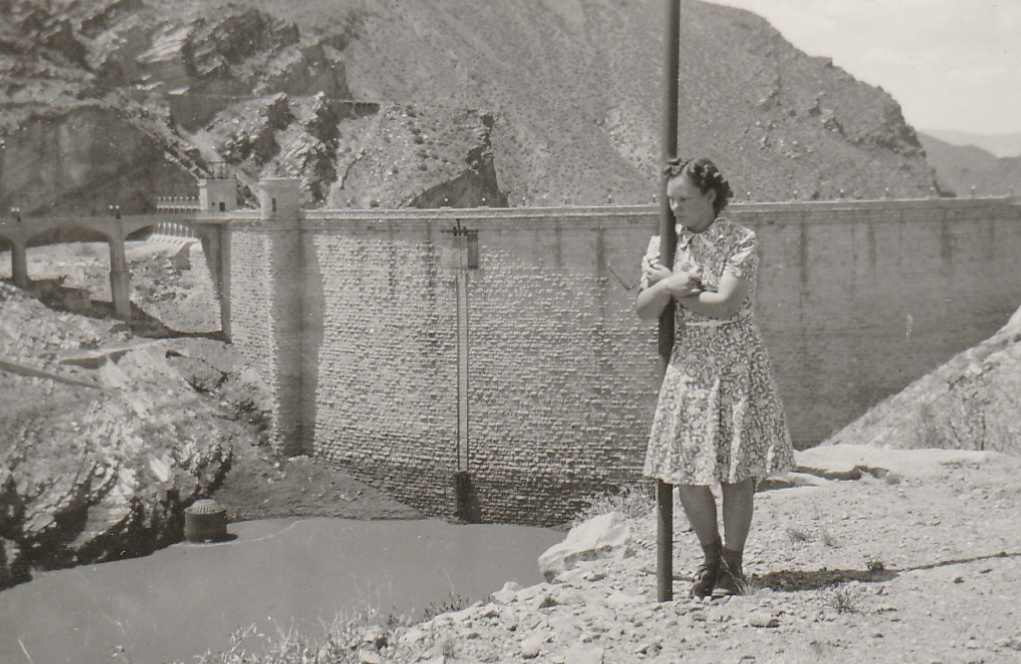We use cookies to help you navigate efficiently and perform certain functions. You will find detailed information about all cookies under each consent category below.
The cookies that are categorized as "Necessary" are stored on your browser as they are essential for enabling the basic functionalities of the site. ...
Necessary cookies are required to enable the basic features of this site, such as providing secure log-in or adjusting your consent preferences. These cookies do not store any personally identifiable data.
Functional cookies help perform certain functionalities like sharing the content of the website on social media platforms, collecting feedback, and other third-party features.
Analytical cookies are used to understand how visitors interact with the website. These cookies help provide information on metrics such as the number of visitors, bounce rate, traffic source, etc.
Performance cookies are used to understand and analyze the key performance indexes of the website which helps in delivering a better user experience for the visitors.
Advertisement cookies are used to provide visitors with customized advertisements based on the pages you visited previously and to analyze the effectiveness of the ad campaigns.

Roosevelt dam has been a part of Arizona history for over 100 years. It has changed quite a bit from when it was first built but the bones remain. The route around the lake and over the dam used to be an adventure as it was almost 2 lanes of twisty turny dirt road. The new bridge and nice wide asphalt is certainly nice and will get you where you’re going so I guess it’s not all bad. Do you remember the old dam? Do you have any stories to share?

In 1888, Billy Breakenridge became surveyor for Maricopa County. He surveyed the Salt River for potential dam sites and in July 1889, he traveled with James McClintock, William J. Murphy, and John R. Norton to choose the best location. After a week on horseback, they reached Box Canyon, near the confluence of Tonto Creek and the Salt River. They recommended the location as the best site for a dam.
One of the original five federal projects authorized on March 14, 1903, under the Newlands Reclamation Act of 1902, Roosevelt Dam was the first major project to be completed under the new federal reclamation program. This, one of the world’s highest masonry dams, was started in 1906 and opened by President Theodore Roosevelt on March 18, 1911. The beginning of federal production of electric power occurred at Roosevelt Dam when Congress, in 1906, authorized the Reclamation Service to develop and sell hydroelectric power at the Salt River Project.
The Reclamation Act of 1902 created the United States Reclamation Service whose purpose was to design and construct irrigation projects to aid the settlement of the arid west. Previous efforts by individuals and private irrigation companies were inadequate and often unsuccessful. With the creation of the Reclamation Service, the lead role of the federal government in developing large-scale irrigation projects was firmly established.

Construction on Roosevelt Dam began in 1903 just below the confluence of Tonto Creek and the Salt River. The primary purpose of the project was to provide water storage for the Salt River Project and flood control through the Salt River Valley. The dam was finished in 1911 after several devastating floods had interrupted the construction progress in 1905. Completed at a cost of $10 million, it was the largest masonry dam in the world for its time, surpassing the 135-foot Lake Hemet Dam with a height of 280 feet (84 m) and a length of 723 feet (216 m), while Roosevelt Lake was for a time the world’s largest artificial reservoir.

In 1989, an ambitious expansion and renovation project was begun at Roosevelt Dam. The dam was resurfaced with concrete by J.A. Jones Construction Company, and its height was raised 77 feet (23 m) to 357 feet (109 m), which had the effect of increasing the storage capacity of Roosevelt Lake by roughly 20%. This project was completed in 1996 at a cost of $430 million. The $430 million in costs included three other major construction contracts associated with the dam. These included the realignment of Highway 188 over the new Theodore Roosevelt Lake Bridge upstream of the dam, renovations to the hydroelectric power plant, and a tunneling contract known as the “Lake Tap”. The Lake Tap contract would provide locations where the penstocks would be located to bring water into the hydroelectric power plant. Shortly after completion, however, the area entered into a prolonged period of drought, and it would be some time before the newly increased capacity was put to use, with the lake finally reaching historic levels of 100% capacity in February 2009.
As a result of the reconstruction, the dam has a completely altered appearance from when it was originally listed as a National Historic Landmark. The original rubble-masonry dam was completely encased in concrete, and the structural height was extended from 280 feet (85 m) to 357 feet (109 m). Since the dam no longer had the integrity of the design, materials, workmanship, feeling, or association that it had when it was originally listed, the National Historic Landmark designation was withdrawn on March 10, 1999. The Theodore Roosevelt Dam National Register District contains other resources that are listed on the National Register of Historic Places, but the dam itself is no longer a contributing property to the district.

This photo was taken of the backside of Roosevelt Dam in approximately 1933. This is my Grandmother Alice Lake when she was about 15.